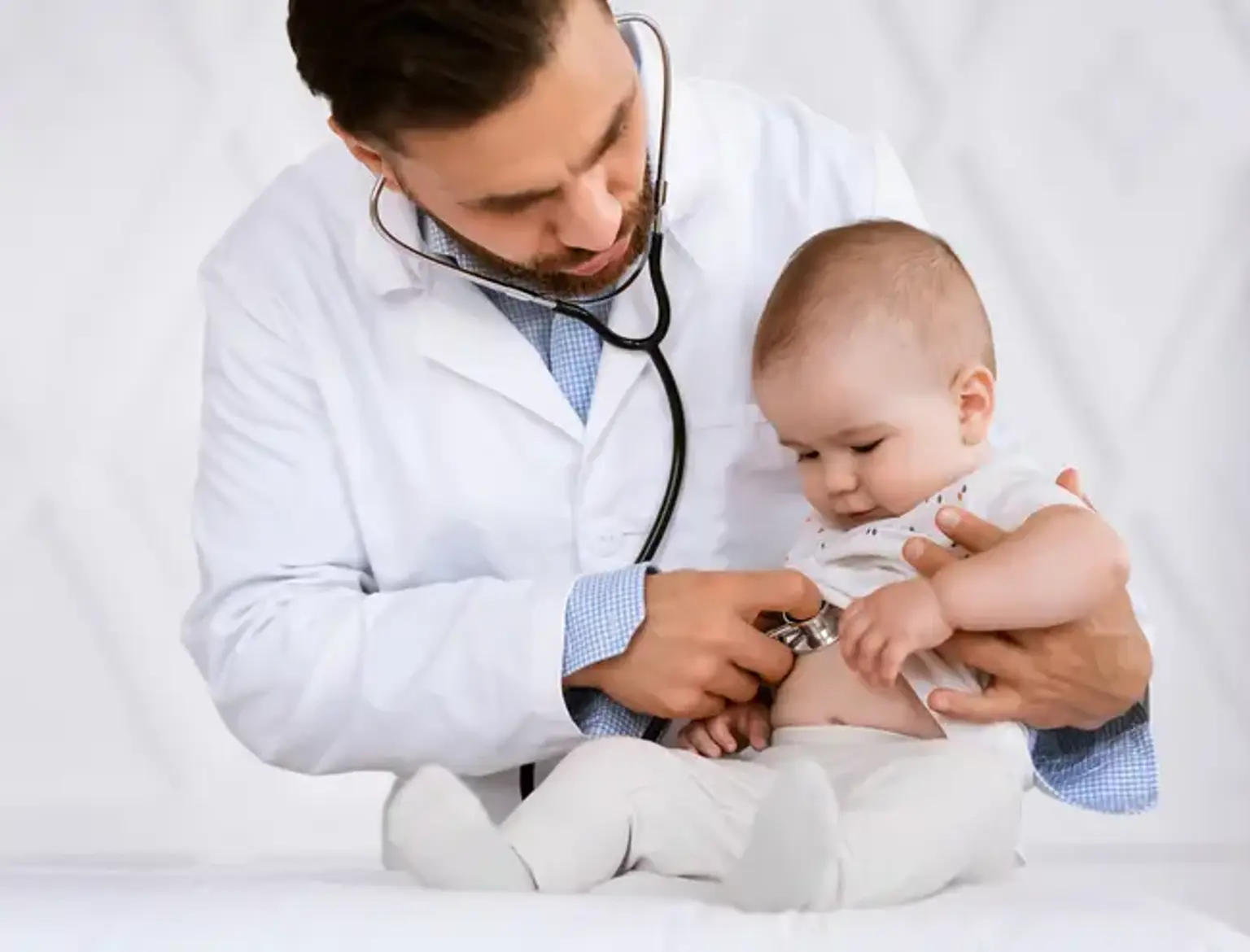Overview
Children are not simply little adults. Children's cardiac issues are substantially different from those of adults. Youngsters, for example, are more likely to be diagnosed with a congenital heart defect, yet heart attacks in children are extremely rare. Pediatric cardiologists are specially educated to search for cardiac issues in youngsters.
Medical health statistics show that approximately 1% of the children born annually suffer from congenital heart defects. On the other hand, some develop different heart conditions after birth or as they grow older. Regardless of the type of disease, the child can experience both growth and development difficulties.
To manage these conditions, pediatric cardiology is designed to help the infants and children battling with heart conditions. The primary goal of this field is not only to treat the children's conditions but also to ensure that they live everyday healthy life.
